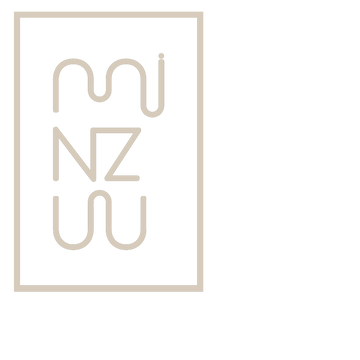The Nankeen dyeing technique, dating back 3,000 years, is native to China’s Jiangsu province. Known also as Lan Yin Hua Bu (蓝印花布) and Blue Calico, it’s still practiced traditionally today in a handful of small workshops.
Using hand-cut paper screens, soybean paste thickened with lime, and natural indigo dye, artisans print contemporary versions of ancient patterns on locally-grown cotton and linen.
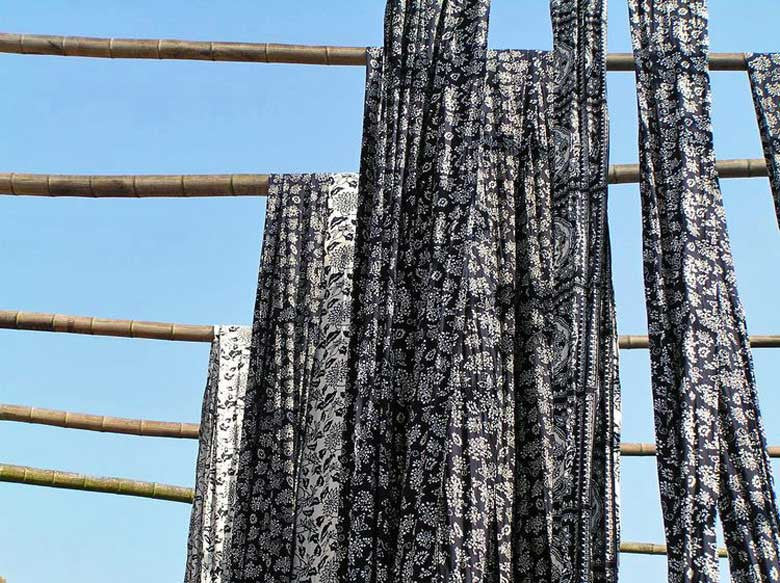
First, a thick soybean paste is applied to the fabric through a hand-cut oiled paper screen. When the soy paste has dried and hardened, the fabric is submerged in natural indigo baths. The dried paste creates a hard, protective barrier through which the indigo dye cannot pass. This is called a resist, much like wax batik. Upon oxidation, as the fabric comes out of the indigo bath and is exposed to the air, the indigo-saturated fabric gains a vibrant blue, and is set to dry in the sun. The paste is carefully scraped away to reveal crisp prints, and the cottons are laundered to remove excess dye.
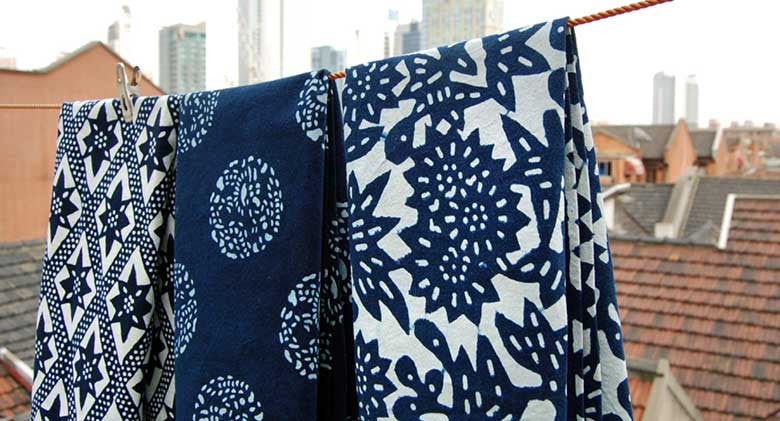
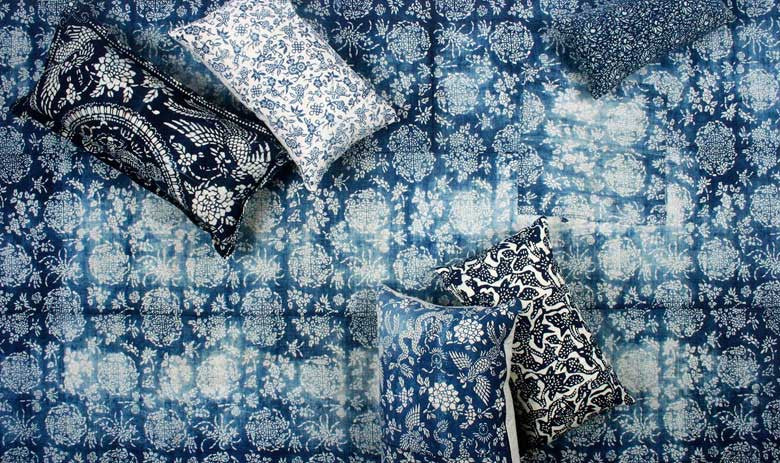
Outside of Shanghai, family-owned workshops work with LuRu Home, a textile design studio based in Brooklyn, New York, to produce contemporary Nankeen cottons and linens using natural, chemical-free indigo. As traditional Chinese fabrics reimagined for a modern way of living, LuRu Home textiles make the perfect indigo keepsake.

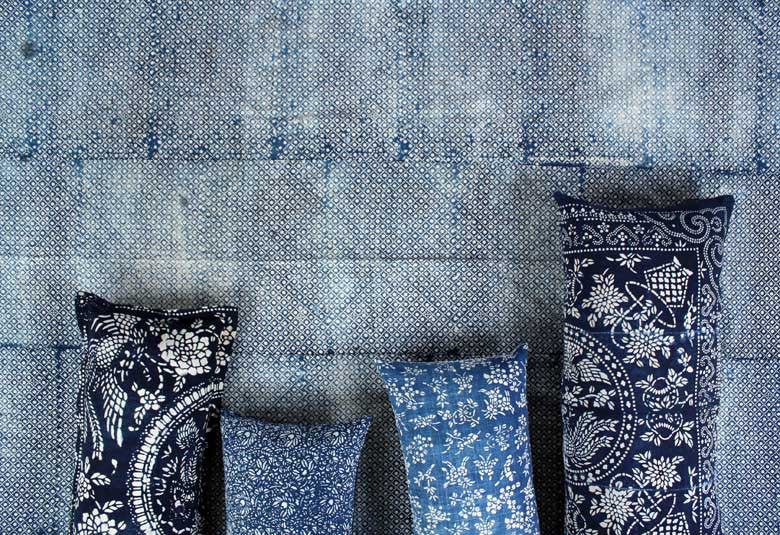
Nankeen dyeing has become the first textile craft nominated to China’s renowned Intangible Cultural Heritage list by the Ministry of Culture, a big honor for a humble tradition.
Words & Photos: LuRu Home

